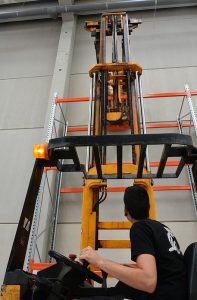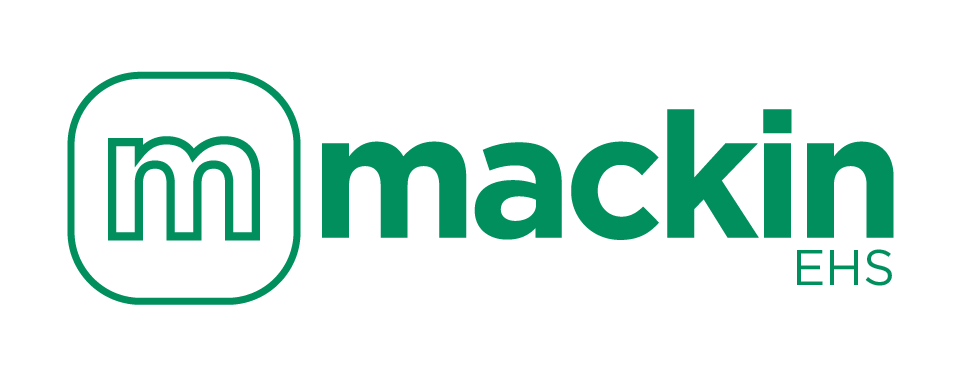The importance of a well-trained workforce has long been established. Days lost through absences due to sickness and/or injuries that originate in the workplace are a nightmare for any employer; evidenced in a decrease in productivity and a lessening of staff morale.
Happy staff are more productive; more inclined to be satisfied in their place of work; and are less likely to seek alternative employment elsewhere. This obviously benefits the employer who will, in turn, gain from the increased productivity from a workforce made up of long term, experienced employees.
Paying for staff training
When setting an annual budget all employers, regardless of the size of their workforce, should set aside an amount for the ongoing training of their staff. This amount should cover updating training, such as First Aid, Manual Handling, Fire Safety, etc, as well as providing training for new members of staff, or training existing employees to take up different jobs.
There are many different ways in which to work out a training budget and three examples are:
- Take the total yearly wage budget and multiply it by between 1 and 3%. This calculation will give you a figure that represents your annual training budget and shows a willingness to commit to the development of your employees.
- Look at industry specific reports to see what level of training budgets are being implemented in similar enterprises, and use these as a yardstick to measure your own budget by.
- Sit down and estimate a budget by assessing the actual costs of training each employee – factor in – renewing certification; upgrading training; training new staff; training existing staff to take on different roles; hiring trainers; absence due to participation in training, etc.
Each of these methods has its own pros and cons so it is important to remain flexible and try to anticipate shifts in your budget. Here at Mackin we have expert consultants who can help you plan your staff training budget. 
The European average training budget for a well-run company is 12-15%
How much are Irish organisations spending on training?
According to the Central Statistics Office, the 2015 expenditure by Irish organisations was an average figure of 2.2% of their total labour costs. This was made up of large companies (250+ employees) who spent 2.4% of their labour bill on training; and small organisations (10 – 49 employees) and medium organisations (50 – 249 employees) that each spent 2.0% of their labour costs on training.
Surprisingly, the statistics for Health and Safety training were relatively low:
- Small enterprise employees typically spent approximately 20 hours per year on training, of which 38.2% was Health and Safety based.
- Medium enterprise employees typically spent approximately 15.5 hours per year on training, of which 27.6% was Health and Safety based.
- Large organisation employees typically spent approximately 21 hours per year on training, of which 26.6% was Health and Safety based.
These figures were an increase on the figures for 2014 so it is encouraging to see that training is being taken seriously; however there is always room for improvement and more time spent on Health and Safety training benefits everybody.
